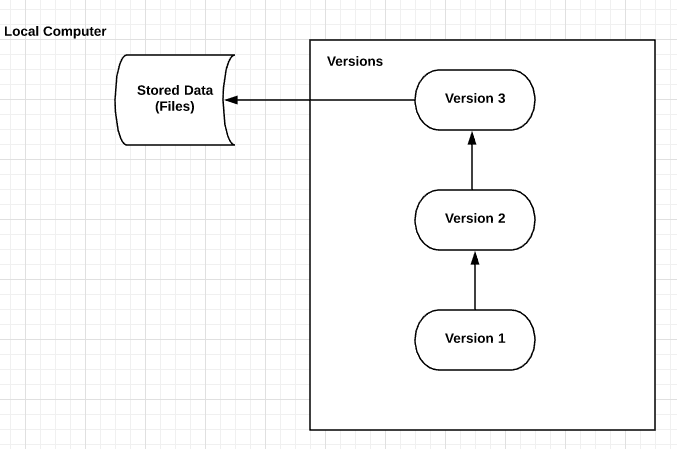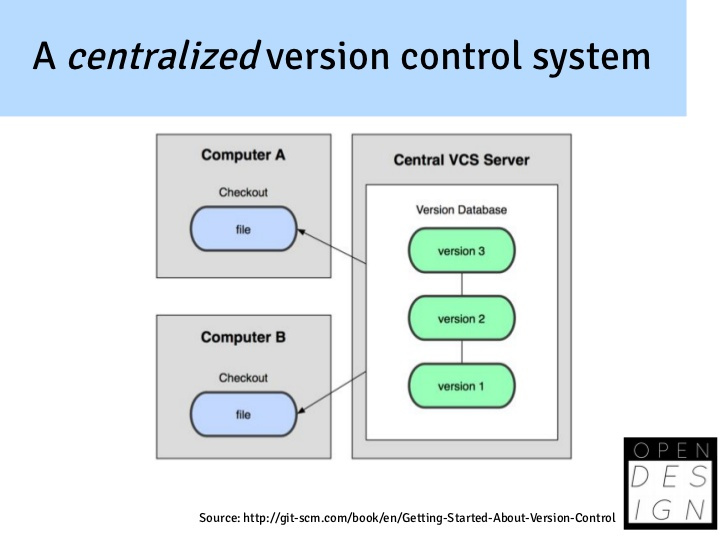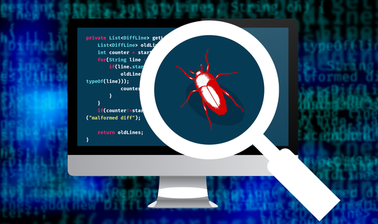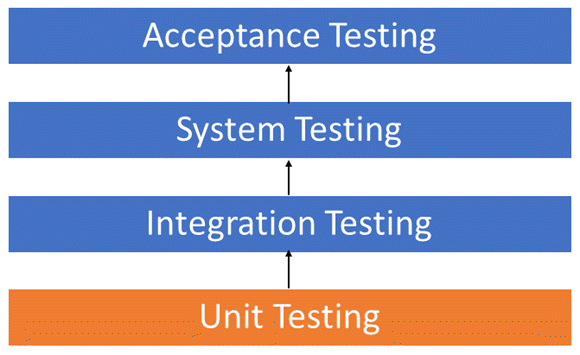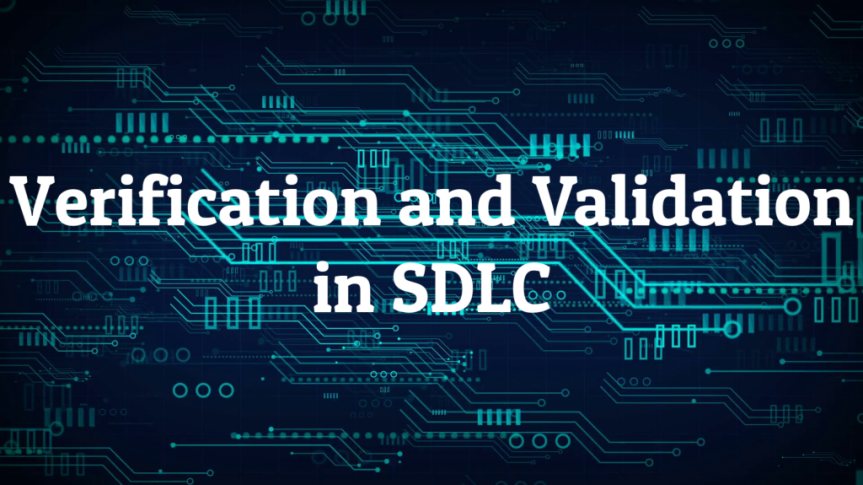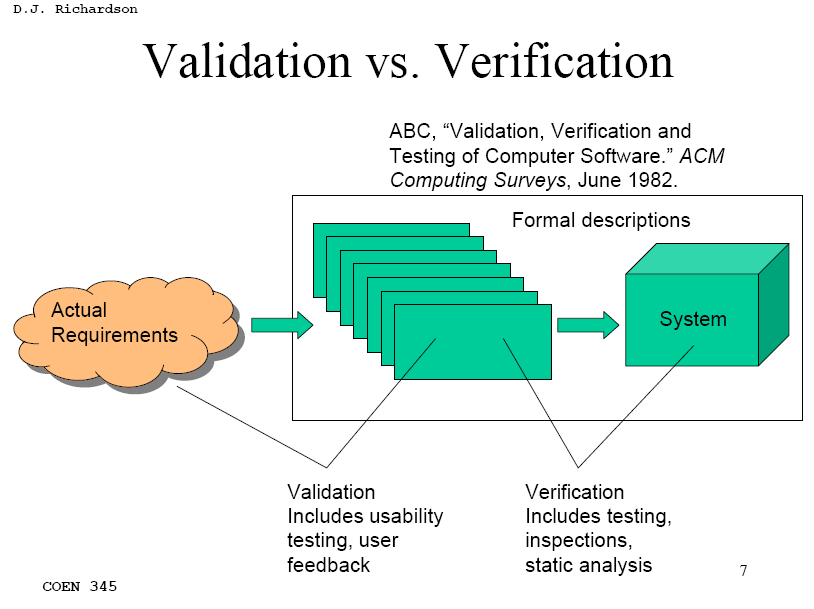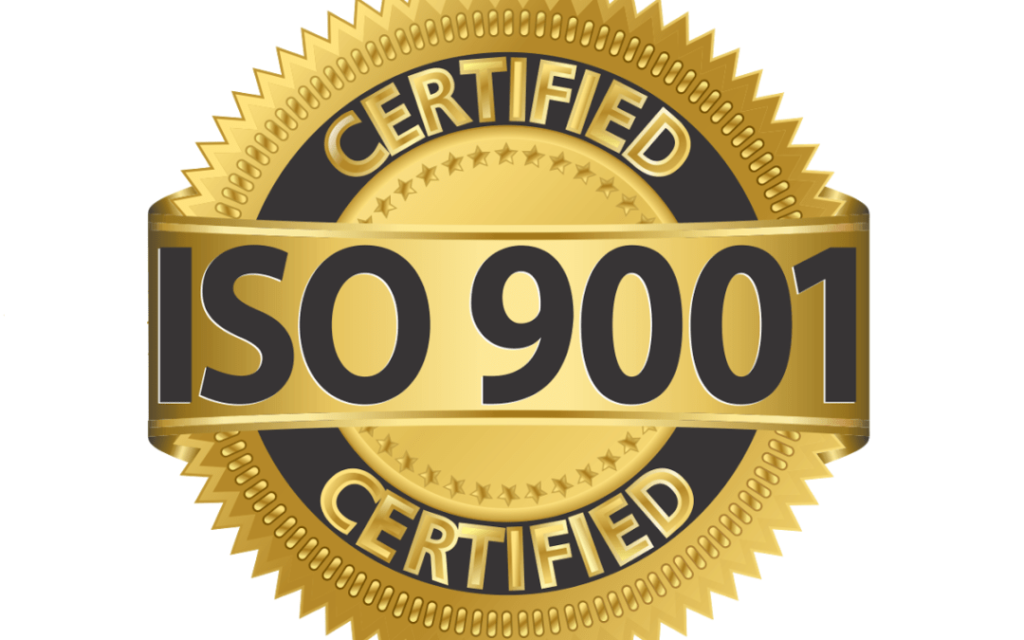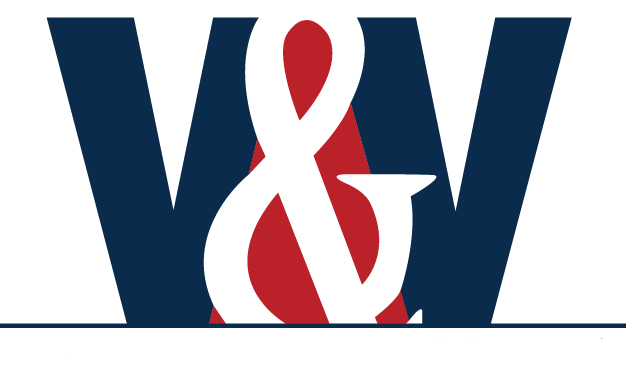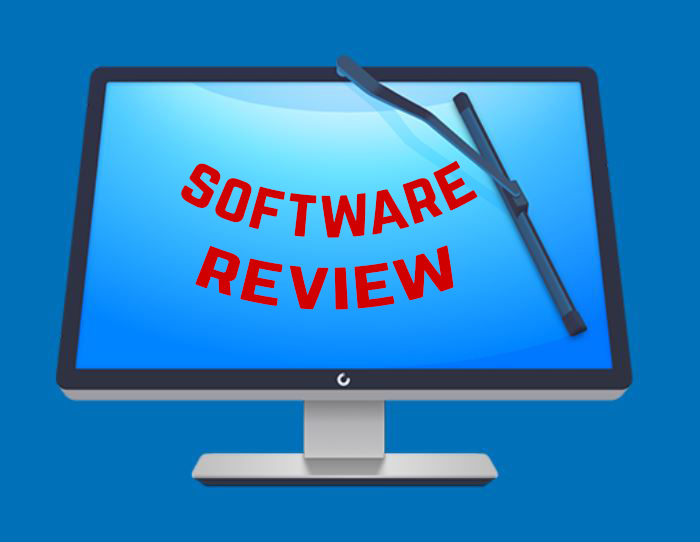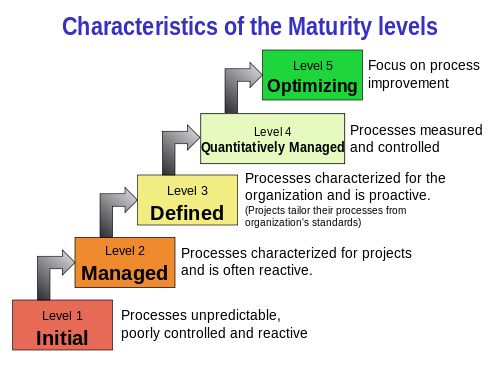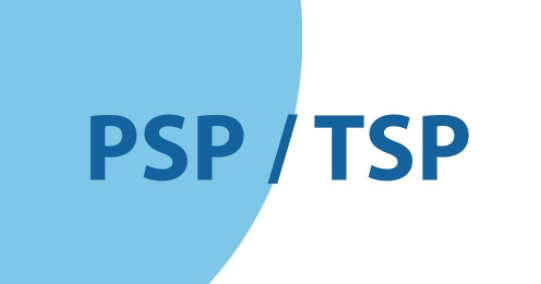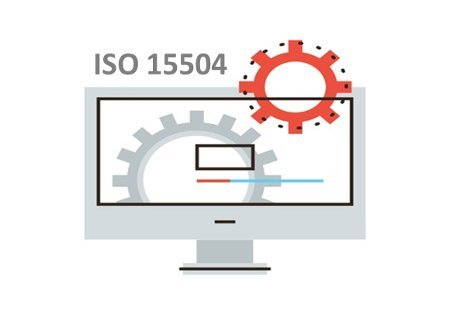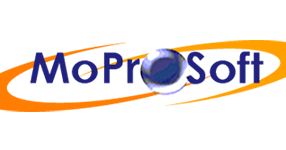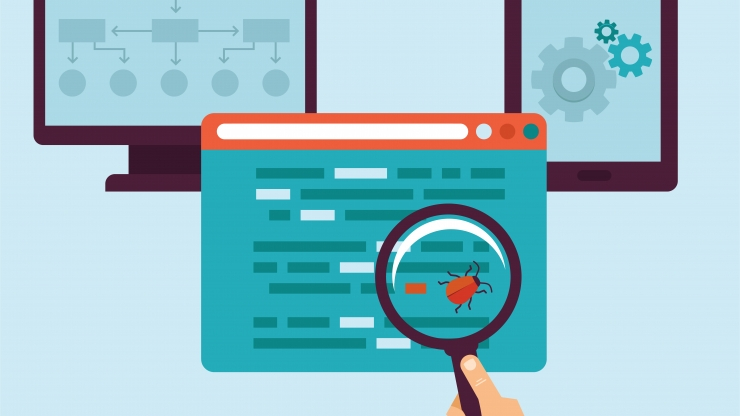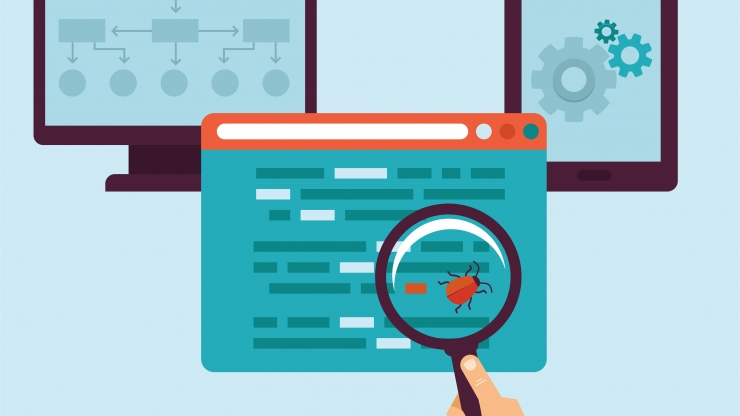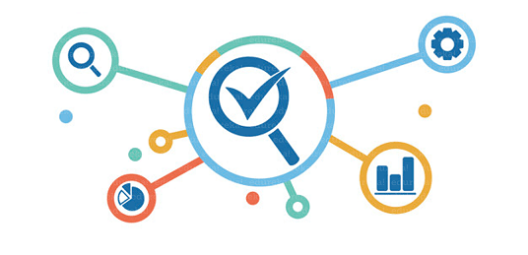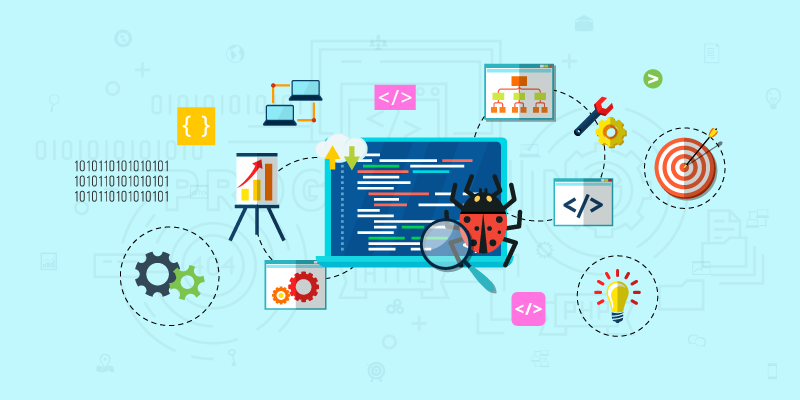Tools for Version Control
Version control is a system that records changes to a file or set of files over time so that you can recall specific versions later.
Local Control System:
Many people’s version-control method of choice is to copy files into another directory. This is very common because it is so simple, but it is also incredibly error prone. It is easy to forget which directory you’re in and accidentally write to the wrong file or copy over files you don’t mean to.
Centralized Version Control Systems:
These systems have a single server that contains all the versioned files, and a number of clients that check out files from that central place.
Git:
- Provides strong support for non-linear development.
- Distributed repository model.
- Compatible with existing systems and protocols like HTTP, FTP, ssh.
- Capable of efficiently handling small to large sized projects.
- Pluggable merge strategies.
- Toolkit-based design.
CVS:
- Client-server repository model.
- Multiple developers might work on the same project parallelly.
- Keeps a historical snapshot of the project.
- ‘Update’ command to keep local copies up to date.
- Can uphold different branches of a project.
Tools for Testing
HPE Unified Functional Testing
HPE Unified Functional Testing offers testing automation for functional and regression testing for software applications, and offers various features like:
- Integration with Mercury
- Error handling mechanism
- Creation of parameters for objects, checkpoints, and data-driven tables
Selenium
Selenium is a testing framework to perform web application testing across various browsers and platforms like Windows, Mac, and Linux. Selenium helps the testers to write tests in various programming languages like Java, PHP, C#, Python, Groovy, Ruby, and Perl.
Tools for process administration of V&V
Notion:
A very innovative tool that serves as a all-in-one workspace. It supports many features, for productivity, design, and of course, task management. An alternative to Jira, and great for managing the status of processes. It also supports markdown.
Jira:
Jira is a great software management tool that is widely used in many companies. It is very robust and offers many features that help the management of tasks and processes, and it can be integrated with other tools.

